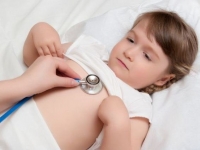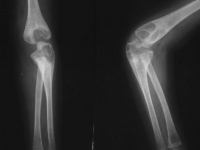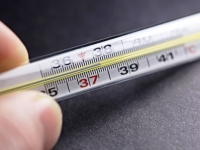airborne droplets
What is angina and how to treat it?
 When we hear the word “treatment”, we understand that we are talking about the illness of a person who needs help. It is possible to apply treatment when its cause is established, for example, ill-fated sore throat. So, the diagnosis is. What can help in the prevention of angina and, of course, in the treatment? We undertake this process, but not by ourselves, but with the help of a doctor. Self-treatment is a complete ban! Although for some of the symptoms, you can determine whether it is exactly a sore throat, and then provide yourself with first aid.
When we hear the word “treatment”, we understand that we are talking about the illness of a person who needs help. It is possible to apply treatment when its cause is established, for example, ill-fated sore throat. So, the diagnosis is. What can help in the prevention of angina and, of course, in the treatment? We undertake this process, but not by ourselves, but with the help of a doctor. Self-treatment is a complete ban! Although for some of the symptoms, you can determine whether it is exactly a sore throat, and then provide yourself with first aid.
How do we imagine this?
Sore throat does not always talk about sore throat. Continue reading
Pneumonia: how not to miss pneumonia
 In patients with pneumonia, the “classic” history of the disease: caught a cold, was treated, began to recover, but … The temperature returned, the cough, shortness of breath appeared. It is very important not to miss the beginning of the development of the disease and to diagnose the disease in time.
In patients with pneumonia, the “classic” history of the disease: caught a cold, was treated, began to recover, but … The temperature returned, the cough, shortness of breath appeared. It is very important not to miss the beginning of the development of the disease and to diagnose the disease in time.
How not to miss the development of pneumonia? What is the danger of this ailment and is it necessary, if pneumonia is suspected, a chest X-ray is performed? Let’s see.
What types of pneumonia are
Pneumonia (pneumonia) is an infection of the lungs. There are several types of disease: bacterial pneumonia, viral, atypical (the disease is caused by so-called “atypical” pathogens – chlamydia, etc.), fungal. About half of the cases of pneumonia are caused by viruses. There are viral pneumonia on the background of the cold season and under the influence of the same viruses that cause influenza and ARVI. Children are more prone to this type of disease. Continue reading
Whooping cough: what is this disease and how to avoid it
 Whooping cough is an infectious disease in which the upper respiratory tract becomes inflamed and there is a strong, long-lasting, paroxysmal cough. The disease is usually acute, it is extremely dangerous for young children (especially under the age of 1 year). Most often, whooping cough is ill for children under 5 years of age who were not vaccinated in time.
Whooping cough is an infectious disease in which the upper respiratory tract becomes inflamed and there is a strong, long-lasting, paroxysmal cough. The disease is usually acute, it is extremely dangerous for young children (especially under the age of 1 year). Most often, whooping cough is ill for children under 5 years of age who were not vaccinated in time.
The causative agent of pertussis is the bacterium Bordetella pertussis, infection occurs through airborne droplets. The bacterium secretes toxins, and they, in turn, irritate the respiratory mucosa. The result is a spasm of the bronchi and diaphragm, which leads to strong coughing attacks. Whooping cough is very contagious, especially during contact with patients from day 1 to day 25 of the disease. It is noteworthy that the immunity after suffering whooping cough is often lifelong.
Symptoms of the disease Continue reading



